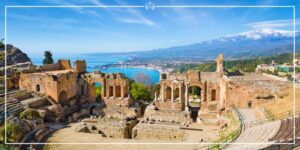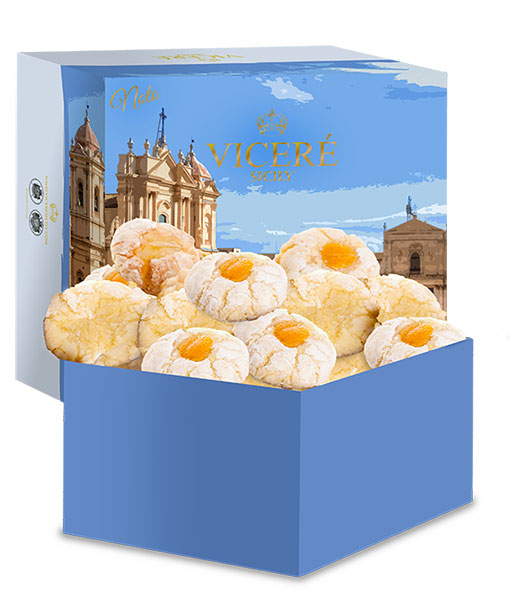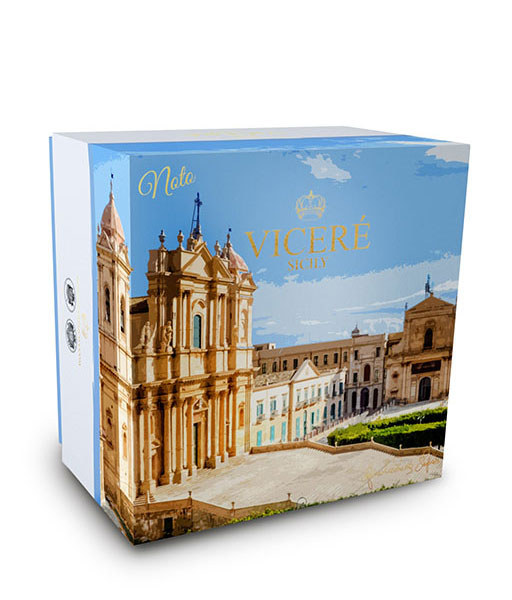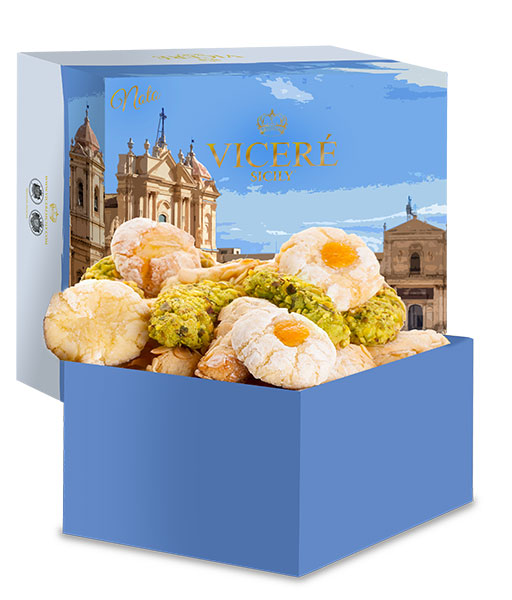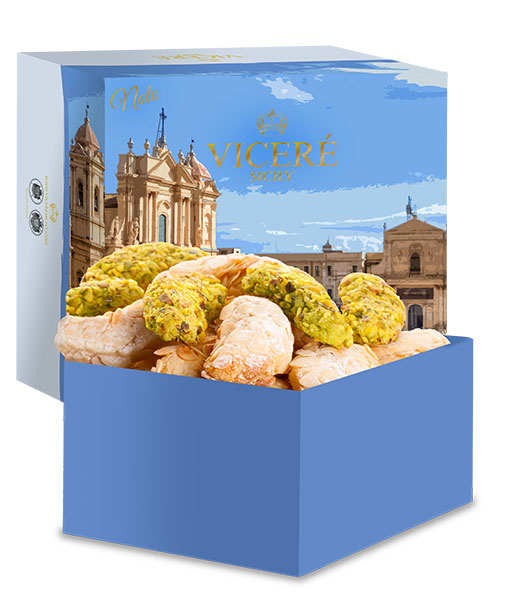Sicilian easter sweets are rich in flavors
Since ancient times, Sicilian flavors have been extensively handed down, that is why here the Easter tradition is so rich in sweets. They do represent a perfect intertwining between past and modern times. There are several specialties prepared by Sicilian families during Easter, such as biscuits, delicious cakes, “cascatelle” and so many more.
During the old aristocratic regime in Sicily, the tables were full of delicacies typical of this holiday. Religion is deeply rooted in the island, and is manifested through religious services celebrated in ancient and beautiful churches, but it is also expressed through its authentic culinary art.
“Easter things”
In the small village of Castelbuono, tradition has it that typical Easter sweets are prepared, called “Easter things”. The recipe is very old and includes fresh eggs, flour and sugar; they are eaten for breakfast, precisely on Easter morning, to start the feast, after the fast of Good Friday.
“Cuddura cu l’ova” is a huge size biscuit, with a hard-boiled egg inside. Cassata is also prepared at Easter, with a soft ricotta cheese cream filling. In particular, the baked Cassata has a filling of sweet ricotta cheese, chocolate flakes and pieces of pumpkin or candied citron. Its round shape recalls the rising sun, a clear symbol of Christ’s resurrection. “Mpanatigucce” are typical Modica biscuits, made with a mixture of meat and chocolate, with a characteristic crescent shape. The taste of the meat goes unnoticed by those who taste this dessert.
Easter marzipan lamb filled with pistachio
Among the typical Sicilian Easter sweets is the Easter Lamb filled with pistachio, which has a strong symbolic value. It is stuffed with pistachio nuts. Legend has it that this dessert was offered to bishops, cardinals, viceroys and queens. Entirely made of marzipan, it is shaped like a lamb and has a delicate pistachio filling. However, there are several variations of this typical dessert, for example, in the past centuries they used to be filled with pumpkin; another version is made with almond paste but this time without filling. In the past, the nuns of the monastery of Santa Caterina sent it as a gift to the Pope.
At Easter, Sicilian gourmets will find an incredible choice including “cassatelle”, artisan sweet doves, made with basic ingredients of the Sicilian tradition, logs with gianduia chocolate cream, and also the “Pupo con l’uovo“, made with shortcrust pastry with a hard-boiled egg inside symbolizing rebirth and life.
Sicilian tradition and culinary art blend with the most ancient traditions
Easter is deeply felt and celebrated by the inhabitants in all its forms and declinations, so this is where the Sicilian culinary art blends with the most ancient traditions. The passion for the territory and the typical ingredients characterize the Sicilian Easter period, making it a unique and special event.
In the sumptuous rooms of the Viceroys, preparations for the delicious sweets of the Sicilian tradition begin; the tables laden with candied desserts, refined almond pastries and skillfully reproduced fruit enrich the precious silverware.



